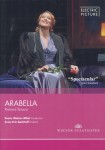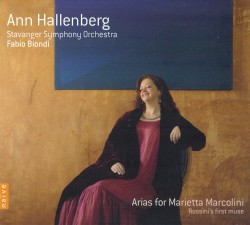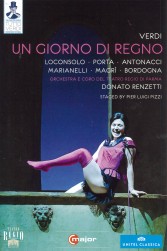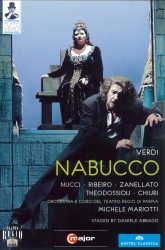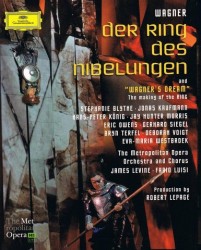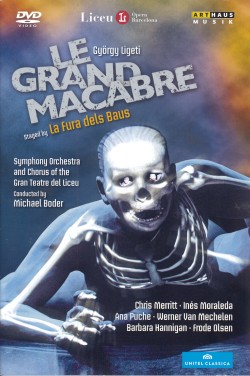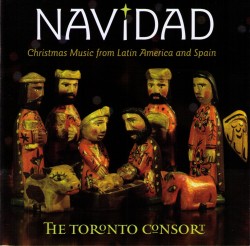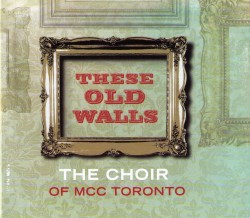In Dreams - Philippe Sly; Michael McMahon
 In Dreams
In Dreams
Philippe Sly; Michael McMahon
Analekta AN 2 9836
This is bass-baritone Philippe Sly’s first recording for Analekta. It’s a well-chosen program and presents him with several stylistic challenges that he handles impressively.
Every young singer needs to conquer the repertoire standards, so it’s no surprise to find Sly singing the Schumann Dichterliebe, Op.48. Here Sly captures the essence of Heine’s poems so well that we understand why they inspired Schumann and others to song writing. Wonderfully supported by accompanist Michael McMahon, Sly is free to engage his vocal line with the piano to create the kind of partnership the composer intended. The happy product of this is what every lieder performing duo seeks — those moments of indescribable oneness where separate parts cease to exist. Sly and McMahon achieve this many times throughout this 16-song cycle, but no more convincingly than in “Allnächtlich in Traume.”
The Guy Ropartz settings of six Heine poems call for a very different approach reflecting almost a century of art song evolution. Sly is very comfortable moving from Schumann into the more modern French style and honours the same poet’s muse with a new musical and textual language. Never demanding much of the chesty operatic voice, the Ropartz songs show the lighter, truly lovely mid and upper range of Sly’s voice.
The disc’s most interesting tracks are the Three Tennyson Songs by British composer Jonathan Dove. Written for Sly after their first meeting in Banff in 2009, Dove’s songs seem perfectly suited for Sly’s voice, which sounds more at home in these contemporary works than anywhere else on the disc. They are, among other things, a reminder of how wonderfully suitable the English language can be for art song.


